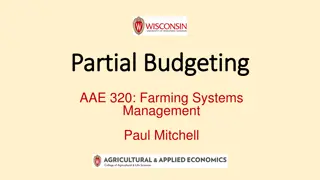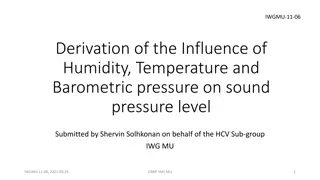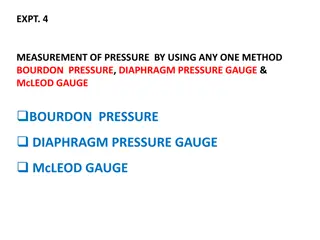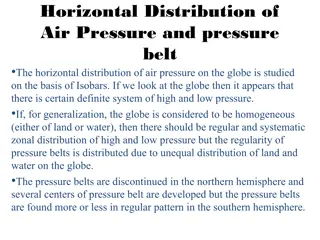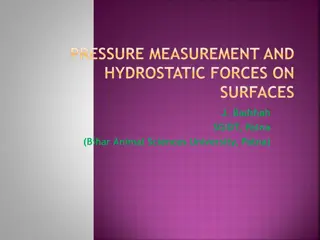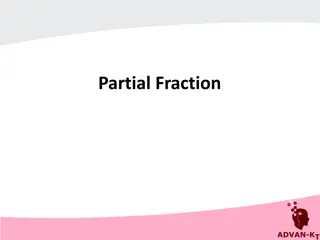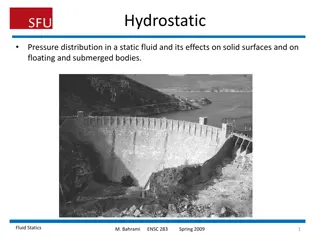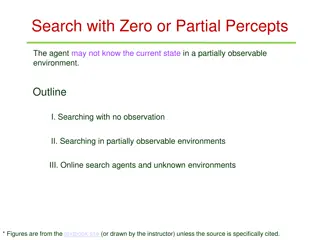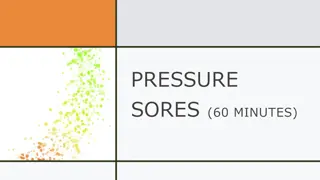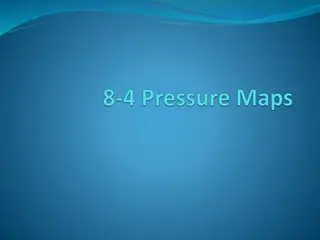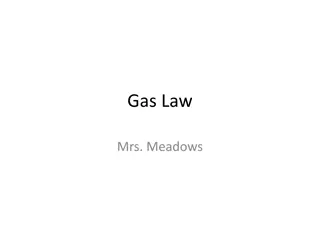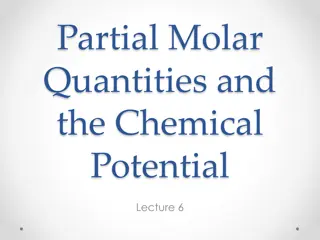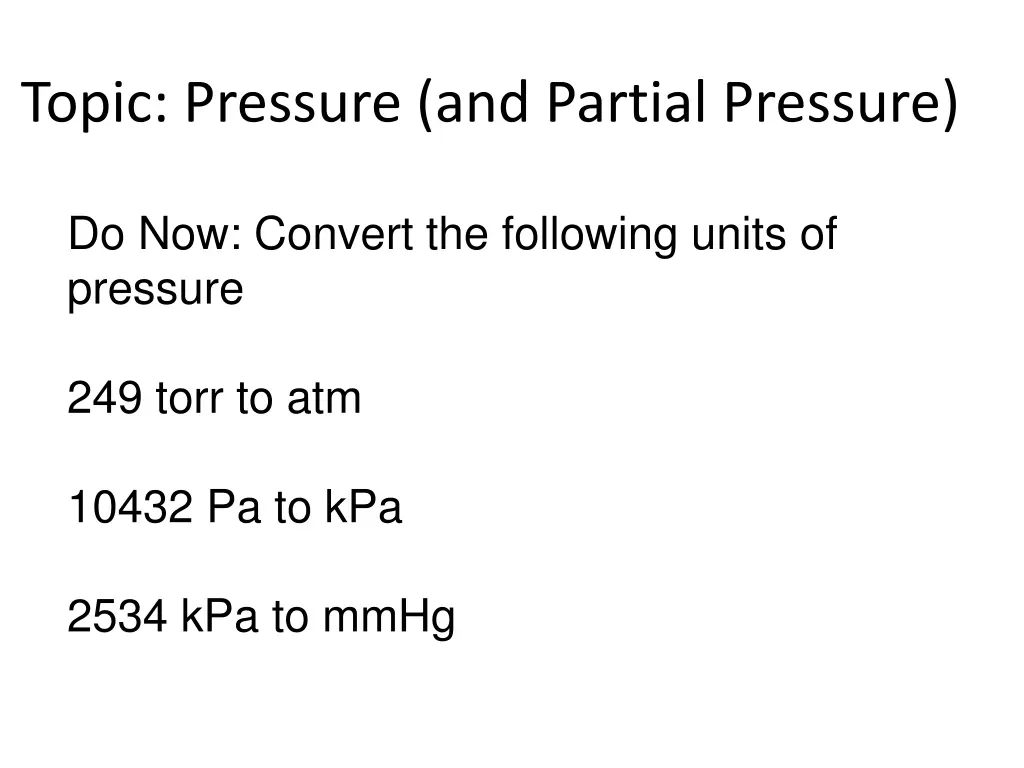
Understanding Pressure and Partial Pressure in Gas Mixtures
Explore pressure conversions, Daltons Law, and the causes of gas pressure in a closed container. Learn how to calculate partial pressures and understand the impact of gas molecule interactions on pressure behaviors.
Download Presentation

Please find below an Image/Link to download the presentation.
The content on the website is provided AS IS for your information and personal use only. It may not be sold, licensed, or shared on other websites without obtaining consent from the author. If you encounter any issues during the download, it is possible that the publisher has removed the file from their server.
You are allowed to download the files provided on this website for personal or commercial use, subject to the condition that they are used lawfully. All files are the property of their respective owners.
The content on the website is provided AS IS for your information and personal use only. It may not be sold, licensed, or shared on other websites without obtaining consent from the author.
E N D
Presentation Transcript
Topic: Pressure (and Partial Pressure) Do Now: Convert the following units of pressure 249 torr to atm 10432 Pa to kPa 2534 kPa to mmHg
What causes the pressure of a gas in a closed container? Impacts of gas molecules with walls of container Pressure depends on: # impacts per unit time Force each impact Microscopic View
Light molecules move faster and hit walls more often Heavy molecules hit walls with greater force These 2 effects essentially balance out **Gas pressure doesn t depend on the identity(light like He(g) or heavy like CO2(g))of the gas**
Molecular Speeds at 298 K H2 He 1.36 X 105 cm/sec O2 Ar 4.31 X 104 cm/sec Xe 2.38 X 104 cm/sec 48200 cm 1 in 1 ft sec 2.54 cm 12 in 1080 miles per hour 1.93 X 105 cm/sec 4.82 X 104 cm/sec * 1 mile 3600 sec = 5280 ft 1 hour
Daltons Law of Partial Pressure The sum of individual pressures of all the gasses that make up a mixture is equal to the total pressure of the mixture PT = P1 + P2 + P3+
1 atm = Pressure of N2 + Pressure of O2 + pressure of Ar + pressure of H2) (g) + .. In order to figure Partial Pressure of N2 = 1 atm (.7655) = .7655atm


